
Every second, millions of automated posts, ads, and campaigns circulate through the digital world, consuming vast amounts of energy to keep them running. Behind every like, share, and engagement metric lies a complex web of servers and data centers that rarely rest. While brands celebrate the efficiency of automation, few stop to consider its invisible cost, the carbon footprint it leaves behind.
As social media marketing automation grows, so does the power demand behind it. Tools like SMM panel platforms make it easier for marketers to schedule, analyze, and automate posts across multiple channels. However, these services depend heavily on massive server infrastructures that operate 24/7. Each click, view, or automated response generates data that must be processed and stored, creating a steady drain on electricity, much of which still comes from fossil fuels.
How Digital Marketing Consumes Energy
Data centers are the silent engines of online marketing. They power the vast ecosystems of social media automation tools, but their energy appetite is enormous. According to a report by the International Energy Agency (IEA), data centers worldwide use nearly 1% of global electricity demand. That number might seem small, but when combined with the exponential rise of digital advertising, it becomes significant.
Automated social campaigns, analytics tracking, and audience targeting all require continuous data exchange between users and servers. This constant data flow leads to higher cooling requirements and power consumption. When multiple brands run thousands of automated campaigns simultaneously, the environmental cost multiplies quickly.
The Environmental Chain Reaction
Every digital ad click triggers a chain of energy-dependent processes. When a post is boosted or shared, algorithms calculate engagement, servers deliver content, and analytics tools record results. These small actions seem harmless individually but collectively consume terawatts of energy annually. The more automation enters marketing workflows, the greater the dependence on these high-energy systems.
Some environmental researchers have even compared large-scale digital marketing to the aviation industry in terms of energy usage over time. The reason lies in the intensity of server cooling, transmission networks, and data replication, all crucial to keeping digital marketing systems efficient and reliable.
Green Marketing Alternatives
There are cleaner paths forward for marketers who care about sustainability. Eco-conscious brands are beginning to explore green web hosting and carbon-neutral data storage. Finding tech talent for a sustainable future is also becoming part of the conversation, as companies look for developers and digital experts who can build energy-efficient systems and support green initiatives.
Here are a few practical strategies for sustainable digital marketing:
- Use cloud providers that rely on renewable energy.
- Reduce automated post frequency to essential engagement times.
- Optimize visuals and videos for smaller file sizes to cut bandwidth use.
- Regularly audit and clean inactive or redundant campaign data.
- Partner with sustainability-driven tech vendors.
The Balance Between Growth and Responsibility
Marketing growth and sustainability can coexist, but it requires awareness and innovation. Businesses can still use automation tools effectively while setting clear sustainability goals. Choosing platforms that publish transparency reports about their data centers or using hybrid models that combine automation with manual engagement can help minimize impact. The key is balance, scaling digital presence responsibly rather than excessively.
Moreover, consumer behavior is changing. Audiences increasingly prefer brands that show environmental responsibility, even in digital practices. By adopting green marketing policies, companies send a strong signal that online efficiency should never come at the planet’s expense.
Redefining the Role of Automation
Automation should empower creativity, not environmental neglect. As artificial intelligence and marketing bots continue to evolve, developers must prioritize low-energy models and efficient algorithms. Small adjustments, such as reducing background server activity or implementing smart caching, can significantly cut energy use without affecting performance.
Tools like SMM panel solutions have transformed digital promotion, but they must also evolve to meet the sustainability standards that define the future of marketing. The shift toward greener technology will depend on how brands, developers, and consumers work together to reduce waste in every click, post, and share.
Conclusion: Building a Sustainable Digital Future
The hidden environmental cost of automated social media marketing is a wake-up call for the industry. The convenience of automation should not blind marketers to the reality of its energy footprint. By integrating cleaner technology and reducing unnecessary digital clutter, brands can achieve both marketing success and ecological responsibility. Sustainable automation is no longer an option, it is a necessity, and platforms like SMM panel must be part of that evolution toward a greener, more mindful digital future.
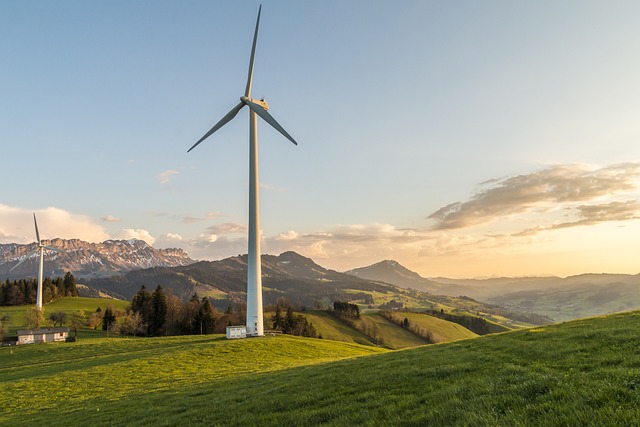

 Green technology developments and bureaucratic-sounding legislation run the risk of alienating the very people they are intended to support. AI humanizers bridge this gap by simplifying technical specifications or policy drafts for the general populace. HSWAC is an example of how to innovate in a way that lasts. The
Green technology developments and bureaucratic-sounding legislation run the risk of alienating the very people they are intended to support. AI humanizers bridge this gap by simplifying technical specifications or policy drafts for the general populace. HSWAC is an example of how to innovate in a way that lasts. The  For marketers, creators, and businesses alike, knowing how followers engage with content—when, where, and how—can make the difference between a campaign that connects and one that flops. Tools that provide insights into audience behavior are essential, and pairing that data with services like Famoid real IG users can help ensure you’re reaching genuine, active followers who are more likely to interact with your content.
For marketers, creators, and businesses alike, knowing how followers engage with content—when, where, and how—can make the difference between a campaign that connects and one that flops. Tools that provide insights into audience behavior are essential, and pairing that data with services like Famoid real IG users can help ensure you’re reaching genuine, active followers who are more likely to interact with your content.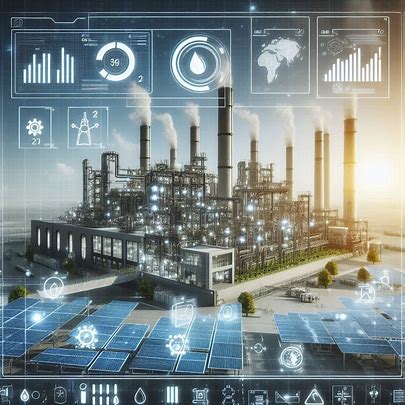
 Millions of people watch environmental videos on YouTube every day. Whether it’s about climate change, ocean cleanup, sustainable living, or wildlife conservation, viewers often scroll straight to the comment section to see what others are saying. These comments don’t just express opinions—they build conversations. In many cases, they push people to take action.
Millions of people watch environmental videos on YouTube every day. Whether it’s about climate change, ocean cleanup, sustainable living, or wildlife conservation, viewers often scroll straight to the comment section to see what others are saying. These comments don’t just express opinions—they build conversations. In many cases, they push people to take action.
 Conventional hiring techniques cannot find applicants who are not only qualified for technical positions but also enthusiastic about environmental sustainability. Social recruiting companies that recognize this niche have the knowledge to use groups and networks where these goal-oriented experts live. They explore candidates’ values, projects, and involvement with environmental causes, beyond only matching terms on a résumé.
Conventional hiring techniques cannot find applicants who are not only qualified for technical positions but also enthusiastic about environmental sustainability. Social recruiting companies that recognize this niche have the knowledge to use groups and networks where these goal-oriented experts live. They explore candidates’ values, projects, and involvement with environmental causes, beyond only matching terms on a résumé.
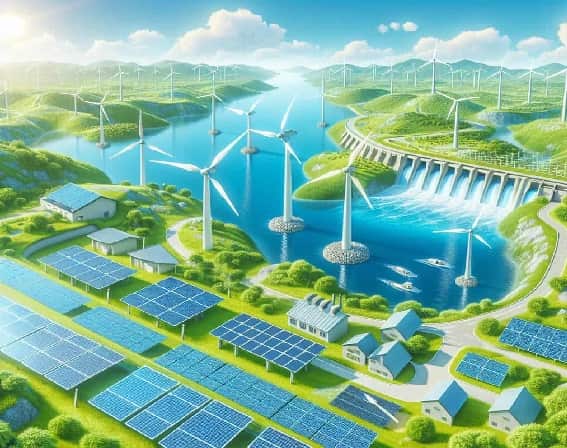


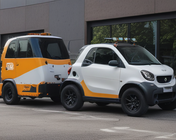 The unwavering fact in the towing industry is that electricity is the future. Electric and plug-in trucks with hybrid systems are on several producers’ lists to be offered to customers. While the initial cost of these vehicles might be higher, without question, they significantly cut down on emission rates and fuel consumption. Besides, the electrical tow trucks have a substantially lower noise level, which decreases traffic-induced noise levels in the city neighborhoods.
The unwavering fact in the towing industry is that electricity is the future. Electric and plug-in trucks with hybrid systems are on several producers’ lists to be offered to customers. While the initial cost of these vehicles might be higher, without question, they significantly cut down on emission rates and fuel consumption. Besides, the electrical tow trucks have a substantially lower noise level, which decreases traffic-induced noise levels in the city neighborhoods.


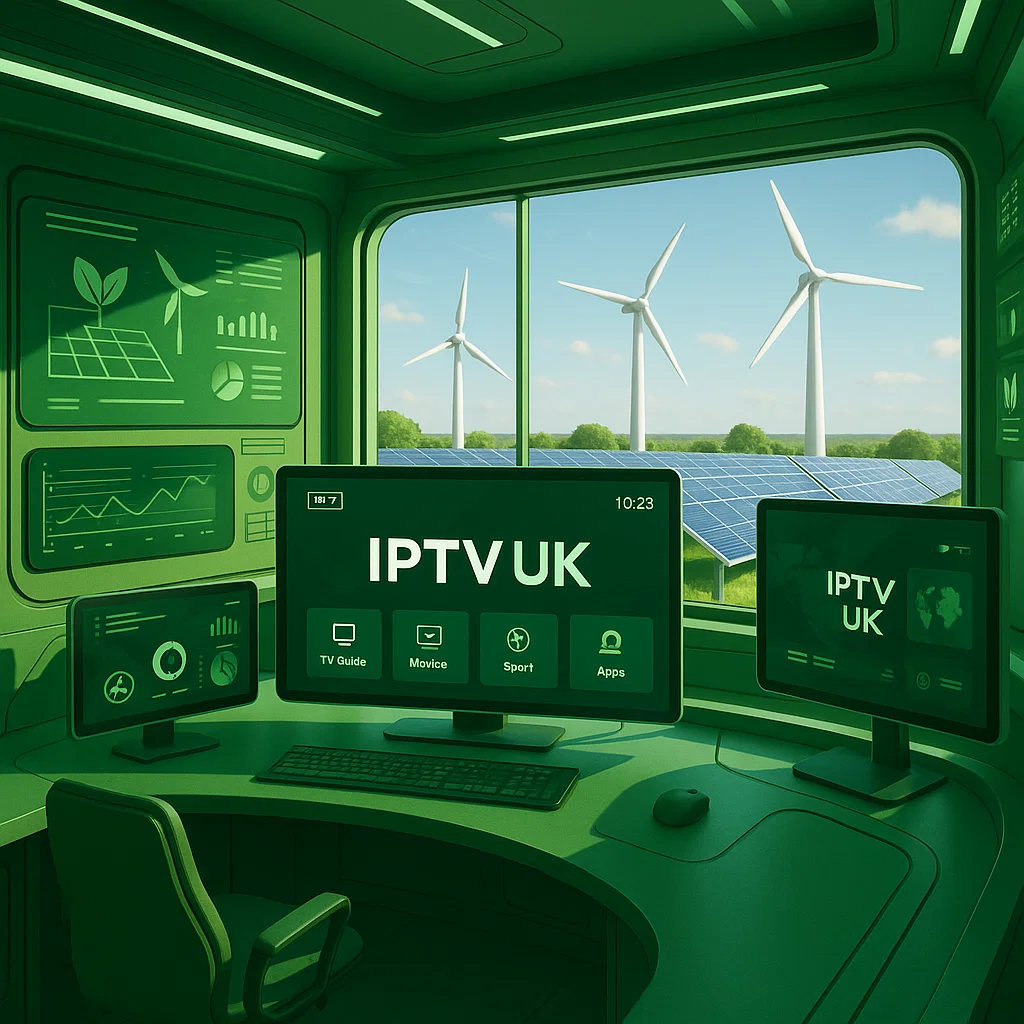

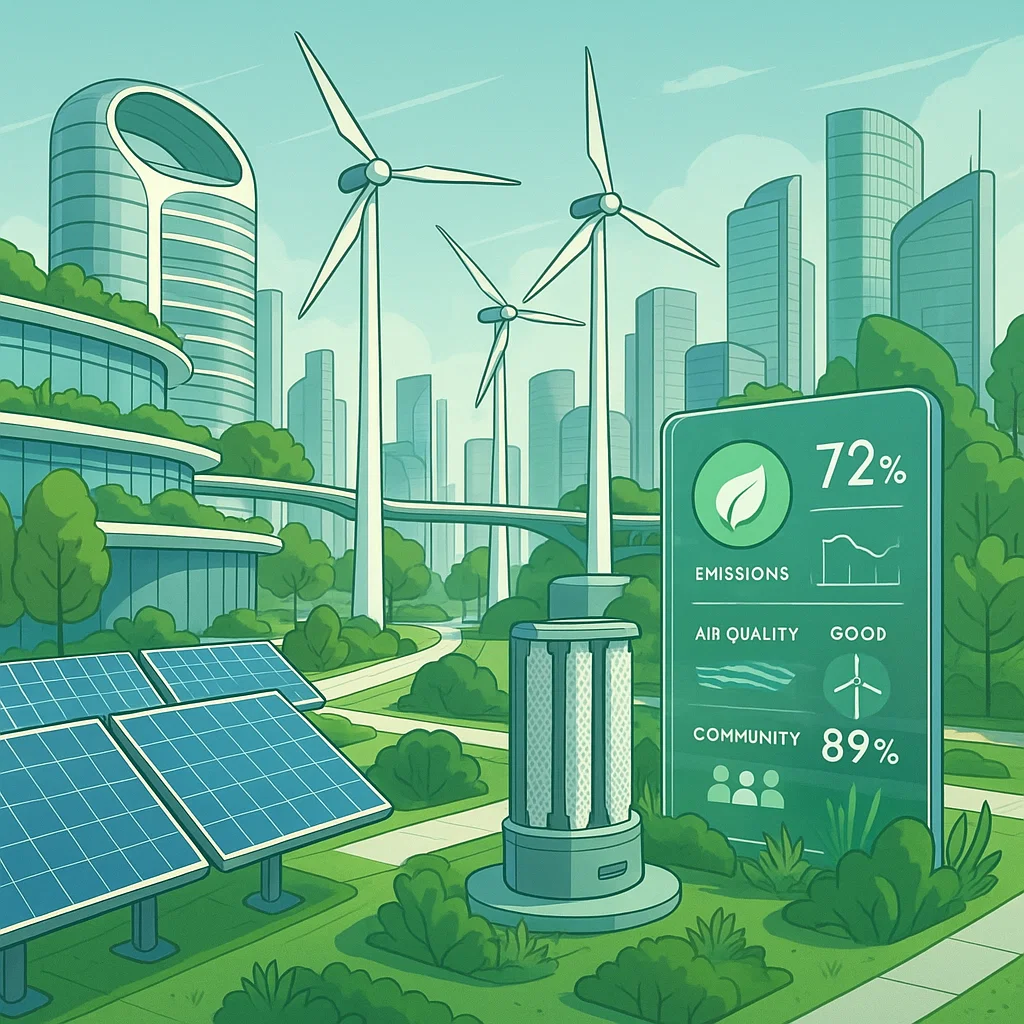


 Data centers are typically used by streaming services since they run large numbers of servers and cooling systems on great energy consumption. This drastically increases greenhouse gas emissions.
Data centers are typically used by streaming services since they run large numbers of servers and cooling systems on great energy consumption. This drastically increases greenhouse gas emissions.
 Start discussions
Start discussions

 Windows 11 has new features to boost productivity and simplify your digital life. One key feature is Microsoft Teams, now built into the system for easy communication. This makes it simpler to connect with friends, family, and colleagues. In this article,
Windows 11 has new features to boost productivity and simplify your digital life. One key feature is Microsoft Teams, now built into the system for easy communication. This makes it simpler to connect with friends, family, and colleagues. In this article, 

 Big internet companies must be aware and admit that renewable energy is the main source of powering their data centers. Companies in the streaming industry can reduce the environmental impact of their data systems by switching to renewable energy sources from fossil fuels. As an example among several big streaming services, Netflix received an overall “D” rating from the advocacy group in a research that rated dozens of corporations in a 2017 report.
Big internet companies must be aware and admit that renewable energy is the main source of powering their data centers. Companies in the streaming industry can reduce the environmental impact of their data systems by switching to renewable energy sources from fossil fuels. As an example among several big streaming services, Netflix received an overall “D” rating from the advocacy group in a research that rated dozens of corporations in a 2017 report.

 Potential Issues: Keys from third-party vendors may not work due to fakeness, duplicates, or use of OEM keys.
Potential Issues: Keys from third-party vendors may not work due to fakeness, duplicates, or use of OEM keys.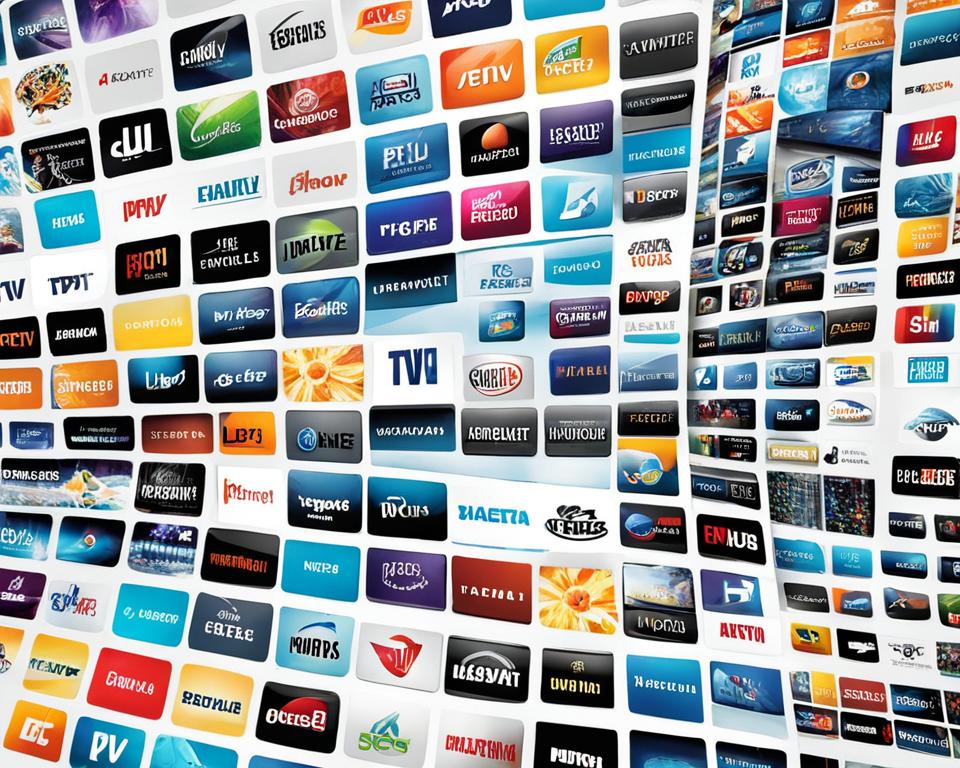
 Diving deeper, elite IPTV providers cater to various tastes and preferences through their
Diving deeper, elite IPTV providers cater to various tastes and preferences through their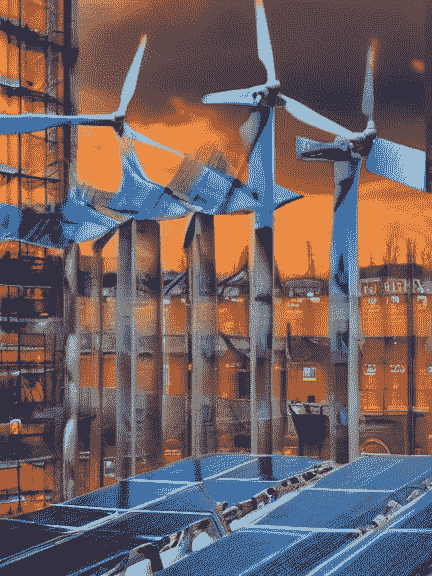


 In the contemporary era, where environmental awareness is more critical than ever, environmentalists and eco-friendly organizations are seeking innovative ways to spread their message and engage with a broader audience. Pay-per-click (PPC) marketing emerges as a powerful tool in this quest, offering a strategic platform for promoting sustainable practices, green products, and environmental advocacy. This article delves into the nuances of PPC marketing tailored for environmentalists, outlining how to craft impactful campaigns that resonate with eco-conscious consumers and drive forward the agenda for a healthier planet.
In the contemporary era, where environmental awareness is more critical than ever, environmentalists and eco-friendly organizations are seeking innovative ways to spread their message and engage with a broader audience. Pay-per-click (PPC) marketing emerges as a powerful tool in this quest, offering a strategic platform for promoting sustainable practices, green products, and environmental advocacy. This article delves into the nuances of PPC marketing tailored for environmentalists, outlining how to craft impactful campaigns that resonate with eco-conscious consumers and drive forward the agenda for a healthier planet. 